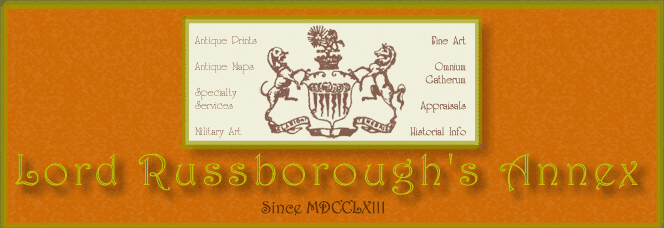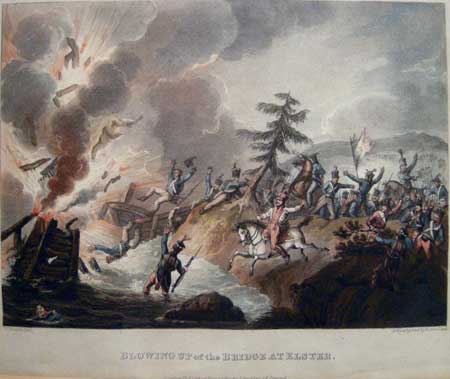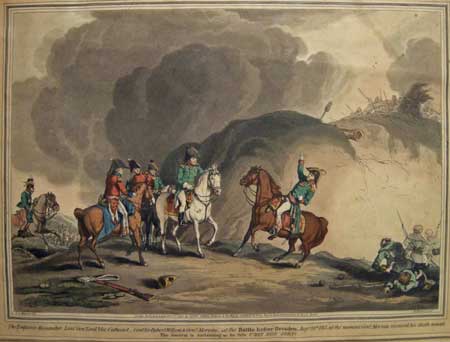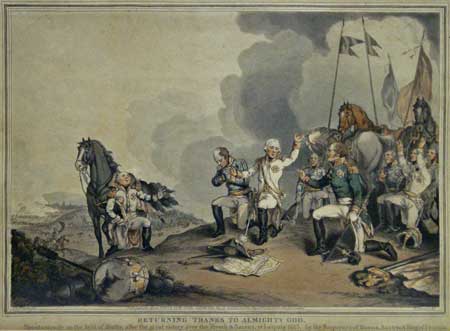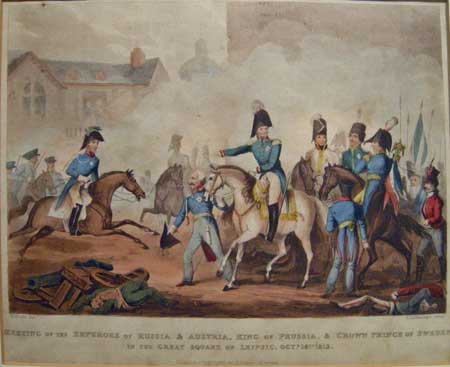
R Bowyer
Grand Entry of the allied sovereigns into Leipsic [sic] 19th. October 1813
from a drawing made on the spot Published by R. Bowyer London 1816
Original hand tinted aquatint, some browning and condition issues.
11 7/8 x 20 1/2" (30.2 x 52.1 cm.)
Ref DW4 /AN/da.andd >DNN PRICE CODE A
Click for more
information on the printing technique. Click
Here for Pricing Guide
Published in BOWYER, Robert (1758-1834)] An Illustrated Record of Important Events in the Annals of Europe, during the Years 1812, 1813, 1814, & 1815. Comprising a Series of Views of Paris, Moscow, the Kremlin, Dresden, Berlin, the Battles of Leipsic, etc., London: T. Bensley, 1815.
Robert Bowyer (1758 - 1834) was a devout Baptist miniature-painter with royal court connections. His fame as an artist was supplemented by his labours as a publisher of lavishly illustrated works. In 1792 he issued a prospectus for a “superbly embellished” edition of David Hume’s “History of England”. The aim of the illustrations was defined as being “to rouse the passions, to fire the mind with emulation of heroic deeds, or to inspire it with detestation of criminal actions.” Bowyer commissioned leading artists, including Tresham, Smirke, Opie, and De Loutherbourg, and spared no expense in obtaining the finest engravings, many by Bartolozzi. Unfortunately the country was at war with France and this meant that the project was a financial failure: Bowyer suffered a severe loss. But he again built up his business as a dealer in prints and publisher of expensively illustrated volumes, this image being illustrative of one of the latter. Although his magnum opus, the famous “Bowyer Bible,” was never published - though this was his intention. The text of which was taken from an 1800 edition of Macklin’s Bible, which was then the most lavishly illustrated available. Bowyer printed his own title-page (dated 1826) and by the addition of more than six thousand engravings expanded the Macklin Bible of seven volumes into no less than forty-five volumes. The whole set was, and still is, housed in a magnificently ornate oak book-case measuring eight feet six inches square. It is now kept in the Central Museum and Library Archives, Bolton, England.
RETURN TO TOP

